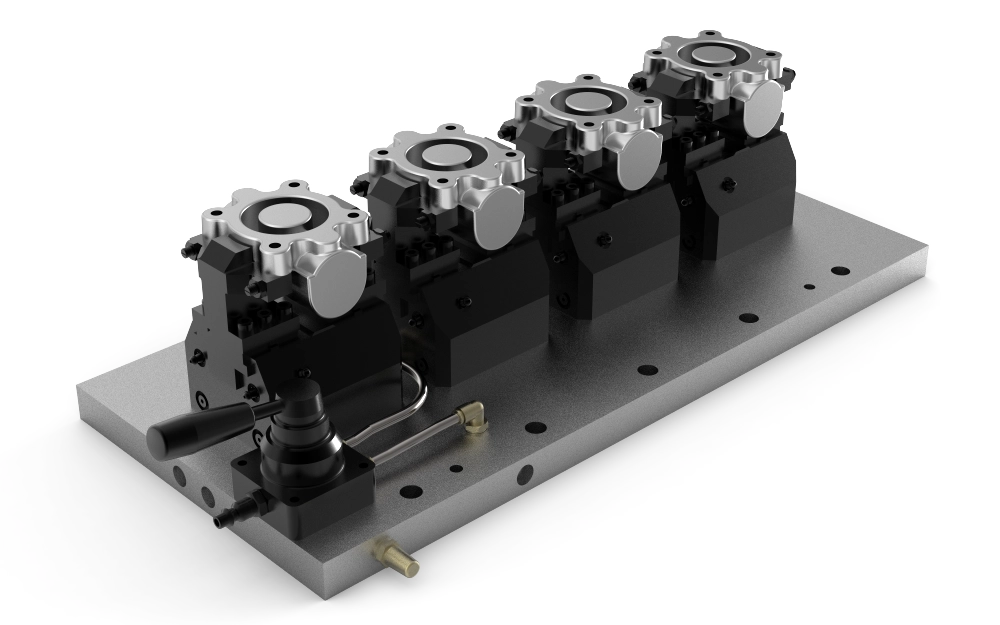Efficient manufacturing processes rely heavily on precision, speed, and consistent quality. Workholding fixture design plays a vital role in achieving these goals by providing stability and repeatability during machining operations. This article elaborates on how the right fixture setup can lead to significant improvements in manufacturing efficiency.
The Role of Workholding Fixture Design in Manufacturing
To maximize productivity, manufacturers must ensure that parts are held securely and consistently during machining. The fixture setup determines how effectively the workpiece is clamped, positioned, and held in place, impacting accuracy, speed, and overall efficiency.
Stability and Rigidity Are Key
Stability is critical in manufacturing, as any movement or vibration during machining can lead to errors. A well-thought-out fixture minimizes such disruptions, enabling smooth operations. The design ensures the part remains steady, resulting in better precision and fewer defects. This consistency reduces rework and enhances product quality.
Reducing Setup Time for Enhanced Productivity
A significant factor in manufacturing efficiency is how quickly a machine can be set up for new production runs. Workholding fixture design influences setup time by allowing easy positioning and quick changeovers. Flexible setups reduce downtime, allowing operators to switch between parts quickly without compromising accuracy. This flexibility directly impacts the speed of production, making the overall process more efficient.
Improving Quality with Precise Positioning
Manufacturing relies heavily on precision, and that starts with how the workpiece is positioned. Effective fixture setups ensure that parts are held in the exact same place during each cycle. This repeatability minimizes errors and ensures consistent quality across production runs. When a fixture consistently positions the workpiece accurately, fewer adjustments are needed, leading to faster processes.
The Cost-Effectiveness of Efficient Fixture Design
Investing in high-quality fixture setups may seem costly initially, but it offers long-term benefits. These designs reduce scrap rates, lower defect rates, and increase throughput. The cost savings from these improvements quickly offset the initial investment. Efficient fixtures also minimize tool wear, leading to extended tool life and further reducing operational costs.
Integration of Automation in Fixture Design
As manufacturing evolves, automation plays a growing role in fixture setups. Automated and smart designs can adapt to different parts and processes with minimal human intervention. Such innovations enhance production speed and precision while reducing errors. As Industry 4.0 continues to influence manufacturing, fixtures that integrate with automated systems will drive even greater efficiency gains.
Conclusion: Why Workholding Fixture Design Matters
The importance of workholding fixture design in manufacturing is deep. It is more than just clamping a workpiece. It is about ensuring stability, improving accuracy, and reducing time wastage. Effective fixture setups translate into lower production costs, improved product quality, and faster delivery times. Manufacturers looking to stay competitive should prioritize investing in fixtures that align with their production goals. The right fixture setup is not just an accessory. It is an essential part of achieving operational excellence.



